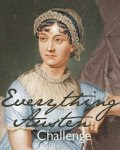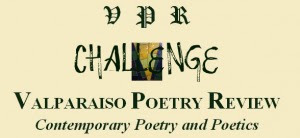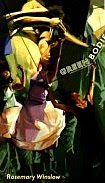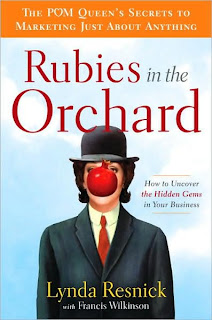
And one point in this “travel” journal, Sohm says, “Maybe the point in photographing icons of democracy is more about seeking perfection than finding it.” (Page 7). Not only are the photos gorgeous, the essays are poignant and informative about his journey and our nation’s history.
Visions of America is a coffee table book for guests to peruse while dinner is cooking, for friends, family, and neighbors to ogle and discuss. This book compiles some of the most breathtaking images of our nation’s countryside, our icons, and our people from all walks of life.
Each page is laid out in a variety of ways from large images with superimposed images of birds and famous quotes from former presidents and others. One of my favorite tidbits from the book is when Sohm talks about how he got out his trusty Mr. Clean and paper towels to wash down the New Hampshire welcome sign for its photo shoot.

Readers eager for a break from traditional reading pursuits should consider picking up this beautiful volume of our American heritage. There are only two possible drawbacks to this book–the cost of $75 and the heft of the book itself. You won’t be carrying this one around on the subway. Photographers–amateur and professional–will want to add Visions of America to their collections. However, Sohm has a great eye for what makes this country great and his photography and essays are a testament to our nation’s grandeur.
Please check out the video interview with Joseph Sohm and a Photo Symphony. Don’t forget the Visions of America Web site.
Stay tuned for my interview with Joseph Sohm next week. Thanks to Joseph for sending me this beautiful book and for providing me with the photos for this post. All photos are copyrighted by Joseph Sohm and cannot be reproduced without permission.


 Mary-Ann Tirone Smith and
Mary-Ann Tirone Smith and 










 Tori Warner Shepard’s
Tori Warner Shepard’s 











